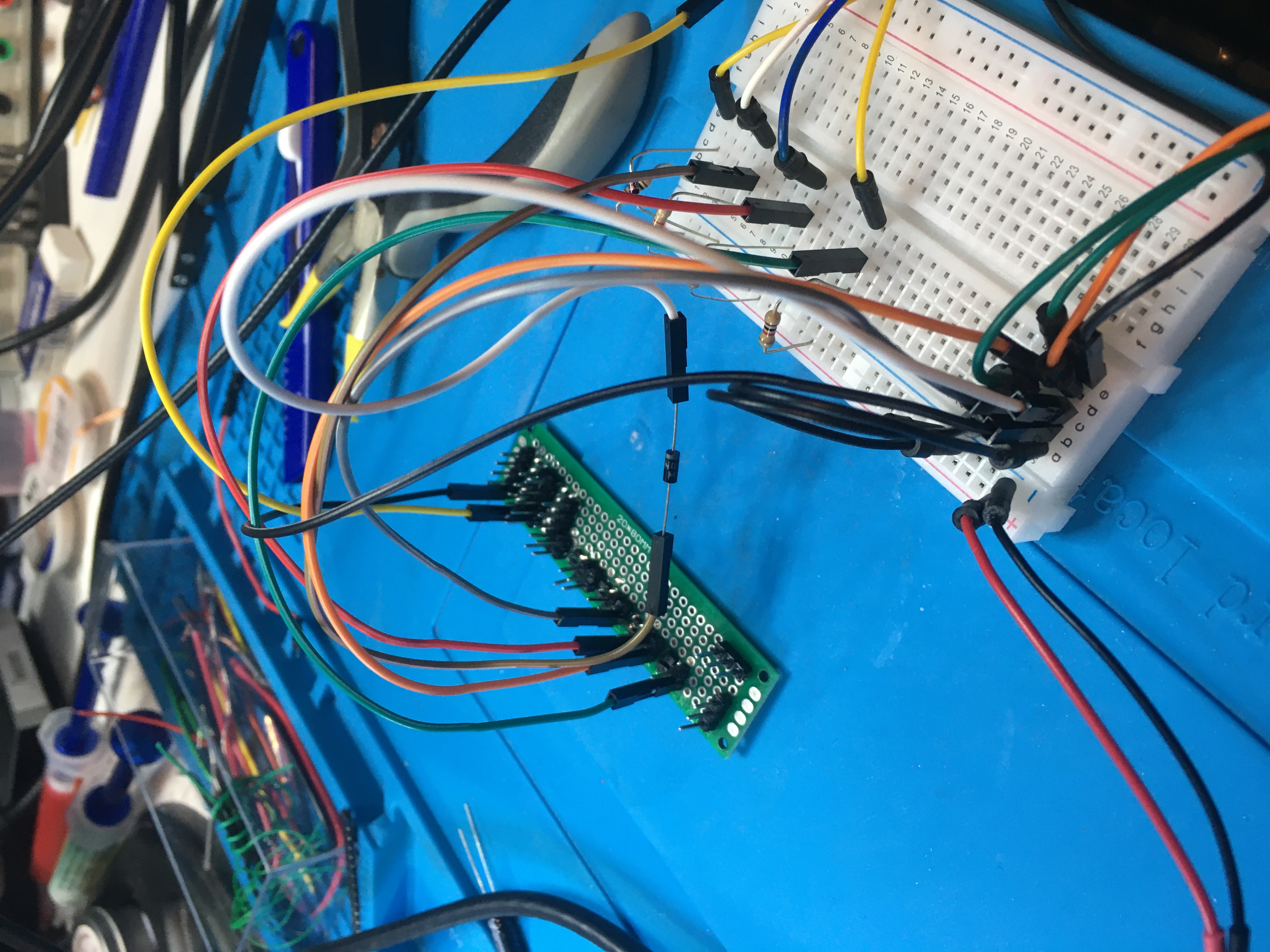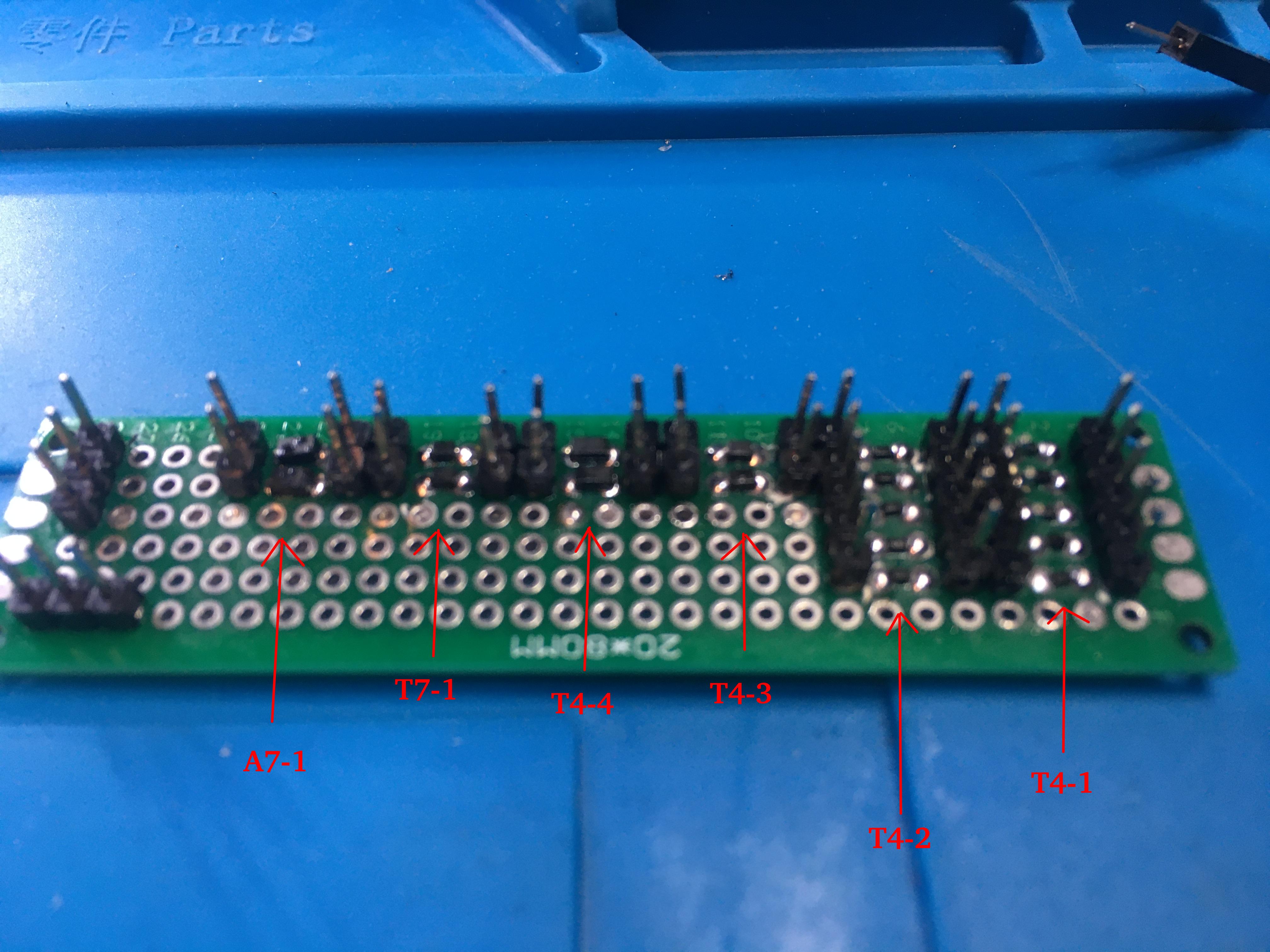I mostly published this ten hour long video just to exasperate Dave Jones. ;)
This post is part of my video blog and you can find more information about this video over here.
You can support this channel on Patreon: patreon.com/JohnElliotV
Silly Job Title: Buzz Boss.
In this video I take a good long hard look at the entirety of this book.
The book is Basic Electronics – Volumes 1 through 6 written by Van Valkenburgh, Nooger and Neville, Inc. and published in 1955.
The book is about the state of electronics at the time it was written. It was commissioned by the United States Navy, who used it to train their technicians. Later, it was released for civilian use.
In the book there is lots of material on vacuum tubes, which were state of the art at the time. The sixth volume adds material on transistors and frequency modulation, which were bleeding edge technology at the time.
I learned heaps from reading this book, particularly about the various types of vacuum tubes (also known as “valves” by the British): diode, triode, tetrode, pentode, and Klystron, among others.
Also I learned that the name “transistor” is a contraction of “transfer resistor”, I didn’t know that!
If you would like to watch this video but don’t have ten hours to spare, you can find out how to increase the playback speed more than 2x on my YouTube hacks page.
The links to archive.org I mention in the video are these:
Also I found PDFs for Volumes 1 through 5 here:
- Rider-Basic-Electronics-1.pdf
- Rider-Basic-Electronics-2.pdf
- Rider-Basic-Electronics-3.pdf
- Rider-Basic-Electronics-4.pdf
- Rider-Basic-Electronics-5.pdf
Oh, and the link for Make: magazine is here: https://makezine.com/
Thanks very much for watching! And please remember to hit like and subscribe! :)
Following is a product I use picked at random from my collection which may appear in my videos. Clicking through on this to find and click on the green affiliate links before purchasing from eBay or AliExpress is a great way to support the channel at no cost to you. Thanks!
RV77 4K HDMI USB 2.0 4-Port HDMI KVM |
Let’s go shopping!


